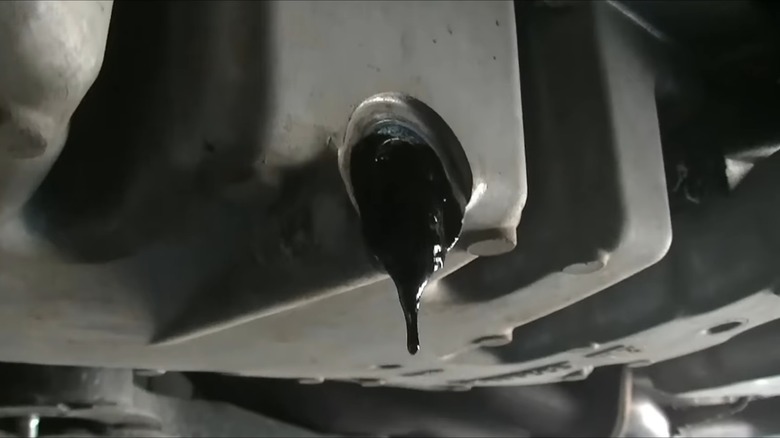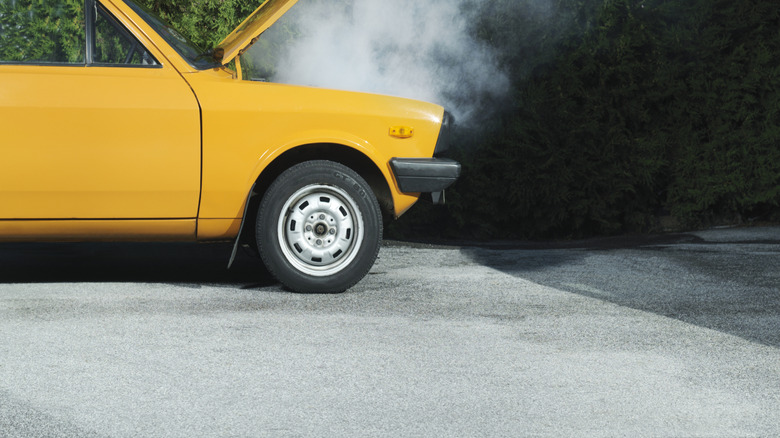Why Does Engine Oil Get Dirty? (And What It Looks Like)
For those who aren't avid automotive enthusiasts, a vehicle's engine probably isn't at the forefront of your mind too often. You slip into the driver's seat, start the car and head to your destination. However, an engine is a highly coordinated effort that relies on several major components to get that engine going and running smoothly.
One of the most vital maintenance steps you can take in protecting and prolonging your engine's life is regular oil and oil filter changes. Without adhering to routine service visits, you might not even be aware of a problem with your engine oil unless you see one of the common dashboard warning lights that indicate an issue. You should change your oil around 5,000 to 8,000 miles on most vehicles, but you should also check your owner's manual for the manufacturer's recommended service interval.
The reason you must get regular oil changes is that oil gets dirty. When that happens, it no longer provides effective protection from excess heat and friction. Over time, tiny contaminants invade the oil, like combustion byproducts, miniscule metal fragments from the engine, and a sludge created by the continuous cycle of heating up and cooling down. One indication of a problem in your engine is the color of your engine oil. Instead of a golden or amber color that's present with fresh oil, you'll see a dark black consistency, indicating you're overdue for an oil change.
What happens if you drive with dirty oil and how to know there is a problem?
Unfortunately, the contaminants generated from regular engine operation will continue to accumulate. Not only will dirty oil stop performing well, but as more carbon deposits form, even the flow rate will be diminished. Then, a thick goo-like consistency develops, and the oil filter becomes clogged. Instead of reducing friction, dirty oil can be rough, actually causing damage to engine parts instead of protecting them. The thick consistency of dirty oil forces the engine to work harder than normal, over-stressing the components and lowering its operating lifespan.
Eventually, the engine will seize, which means that parts like bearings and pistons won't move. Depending on how much damage has occurred with a seized engine, it might be unrepairable, requiring you to get an engine replacement, which can run on average between $5,000 and $10,000 depending on the vehicle, according to ConsumerAffairs.com.
Some experts recommend performing an oil check once every 30 days. This quick check can help you verify oil levels and color. There are other indications your car's engine oil may be running low, like a burning smell or overheating issues. Fortunately, with regular checks and oil service, you can keep your vehicle running optimally, avoiding dirty oil altogether.

